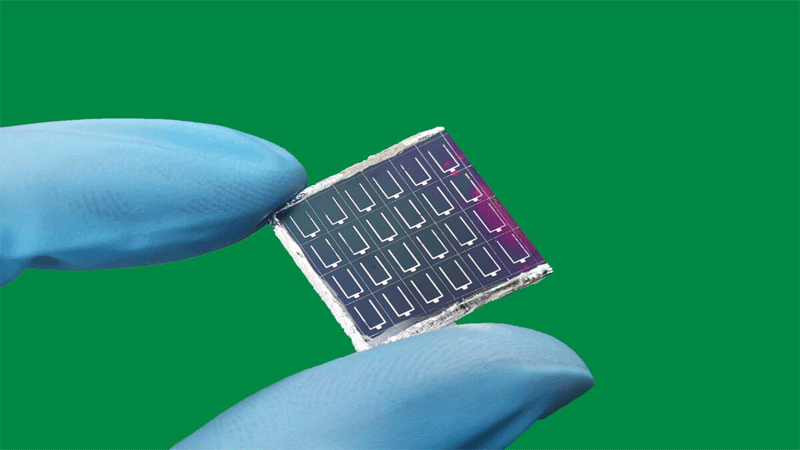The modulate transient photovoltage/photocurrent measurement was used by the researchers to examine the carrier dynamics of the kesterite solar cells.

Emerging kesterite solar cells have a certified efficiency of 13.8%, according to research conducted by a team of professors led by MENG Qingbo of the Chinese Academy of Science’s Institute of Physics and XIN Hao of Nanjing University of Posts and Telecommunications. The investigation was released in Nature Energy on April 13.
Kesterite Cu2ZnSn(S, Se)4 (CZTSSe), one of the most competitive thin-film photovoltaic materials, demonstrates appealing advantages like earth-abundant elemental reserves, ideal bandgaps for PV technology, and for high stability.
Based on green solution systems, CZTSSe solar cells currently have a 13% power conversion efficiency (PCE). However, due in large part to high deep-level defects in the CZTSSe absorber, a large open-circuit voltage deficit still prevents further device performance improvement.
By adjusting the positive chamber pressures, the researchers in this study controlled the kinetic evolution of the CZTSSe phase. The positive chamber pressures could cause the phase evolution process to stall at high temperatures (above 400 °C).
Besides, it would avoid complex phase evolution pathways and harmful secondary phases and produce a high crystalline CZTSSe absorber with fewer defects. The kesterite solar cell presented 14.1% PCE (total area) and a certified 13.8% PCE (total area), which is the highest result so far.
The modulate transient photovoltage/photocurrent measurement was used by the researchers to examine the carrier dynamics of the kesterite solar cells.
They discovered that the bulk defects decreased by about an order of magnitude under a positive chamber pressure and that the back interface contact property also improved.
This research explores a novel kinetic regulation strategy to streamline the phase evolution path to effective kesterite solar cells and sheds light on the selenization mechanism of kesterite absorbers. The Chinese National Natural Science Foundation provided funding for it. The Kesterite absorbers’ morphologies and band alignments under zero and positive pressure.